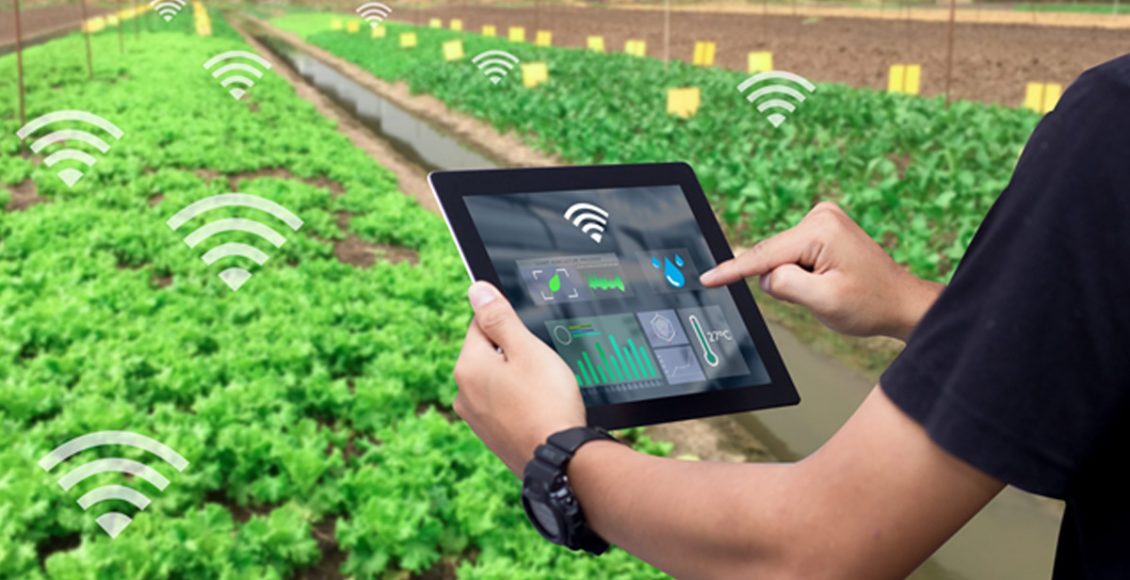
Technology led Transformation for Augmenting Post-Harvest Supply Chains
Globalization effects, increasing population, and growing average income trigger the ever-increasing demand for nutritious food in quantity and quality. The burden on the already declining available cultivable land for producing quality food will continue to build up. Even though India continues to lead in the production of staple cereals, fruits, and vegetables, the average productivity for many crops remain low, and farmers do not get decent earnings. The last decade has witnessed the ag-tech industry flourishing in India with the lightening growth of startups, thereby bringing the requisite impetus for the sector’s growth. Technology-led transformation can bring the much-needed paradigm shift in the agro-ecosystem. Innovative solutions like precision farming, automation using artificial intelligence, sensor and drone-based precise agri-input application are ruling the agri-farming ecosystem. Fintech-led credit and insurance services, predictive pest management, real-time yield estimation, intelligent machinery, have been instrumental in pushing the production levels. Integrated adoption of such solutions is rapidly increasing and converting to on-farm gains. The agri-input sector reforms have been faster due to globalization and privatization, while the rate of reform has been far slower in the case of agricultural production management and marketing. The focus now should be on channelizing and conjoining these efforts to realize a holistic revolution and changing the face of Indian agriculture.
While the focus has always been towards improving productivity, comparative developments did not take place to market that additional produce of both grain as well as fruits and vegetables. The challenges in the output sector are multifold, starting from lack of primary processing at farm gates, increased level of intermediaries, poor access to storage, and lack of price discovery and intelligence mechanism to disaggregated and disconnected supply chain. The country’s main challenge for seasonal food inflation, significant food waste, and value loss along the supply chain is because our agricultural systems are more supply-driven and less market-driven. While the country is moving towards homogenized consumption patterns, the supply side is less foreseeable. According to NABARD assessment report, with only 143.7 mt of total storage capacity in the country, the gap between agri warehousing demand and supply is estimated to be 35 million tons for grain produce. Studies indicate that farmers cannot sell 42% of their produce in the case of fruits and vegetables, amounting to an estimated $840 million primarily due to storage and transportation losses. The total cold store capacity of the country is about 31.82 million metric tons. According to ASSOCHAM report, only 11% of the perishable produce is preserved, resulting in the inferior quality and shelf life of the remaining 90% of the produce. Reefer transportation is under severe shortage in India, with about 9000 vehicles in place of the required number of approximately 62,000. The industry demands focus on optimizing the supply chains for effective solutions for reducing losses, improving traceability, efficient aggregation, transportation, and storage.
Agtech players concentrate on developing supply chain/market linkage models. This needs to be integrated with efforts related to connecting farmers’ to requisite innovative farming solutions. Building such a model also entails connecting farmers to well-paid sourcing agencies/buyers for procurement and produce trades. Strengthening the supply chain with technology-enabled infrastructure can enable cost-effective operations. Today, companies like Arya have introduced digital collaborator platforms offering ffers storage, warehouse management, embedded finance and market linkages to farmers and buyers across the country. This further helps producers to connect with nearby available warehouses and storage for enhancing returns. This kind of game changing solutions will resourcefully connect the supply side of the agriculture with the demand side and bring in the requisite balance in the eco-system.
Today, innovative solutions are being made available for procurement optimization, price forecasting, dynamic product pricing, technology-enabled farm value additions, commodity grading/sorting, testing solutions, transport optimization, and traceability. Smart warehouses and cold storage solutions, as well as, linkages to electronic markets aim at decreasing wastage and losses. An enhanced number of private sector-led warehouses will help balance the supply and demand and stabilize agri-produce prices in the market. Strengthening linkages between government and private warehouses will further help to streamline the supply chain. Additionally, the pandemic experience has developed a renewed scope for seamless direct trade between farmers and other agri-stakeholders and has enabled the traditional supply chain with innovative models.
With a plethora of innovative solutions available across the agri supply chain, the industry needs to focus on balancing these solutions to optimize the gains and realize value. Today the value lies in mapping innovative digital solutions for farmer engagement, risk mitigation, market mapping, creating value, and competitive advantage building. Its’ time to tie all the strings and rapidly move towards transforming the agri output ecosystems.
Author:

Connect with Authors at: E-mail agribusiness@sathguru.com
 Grow Beyond
Grow Beyond 

